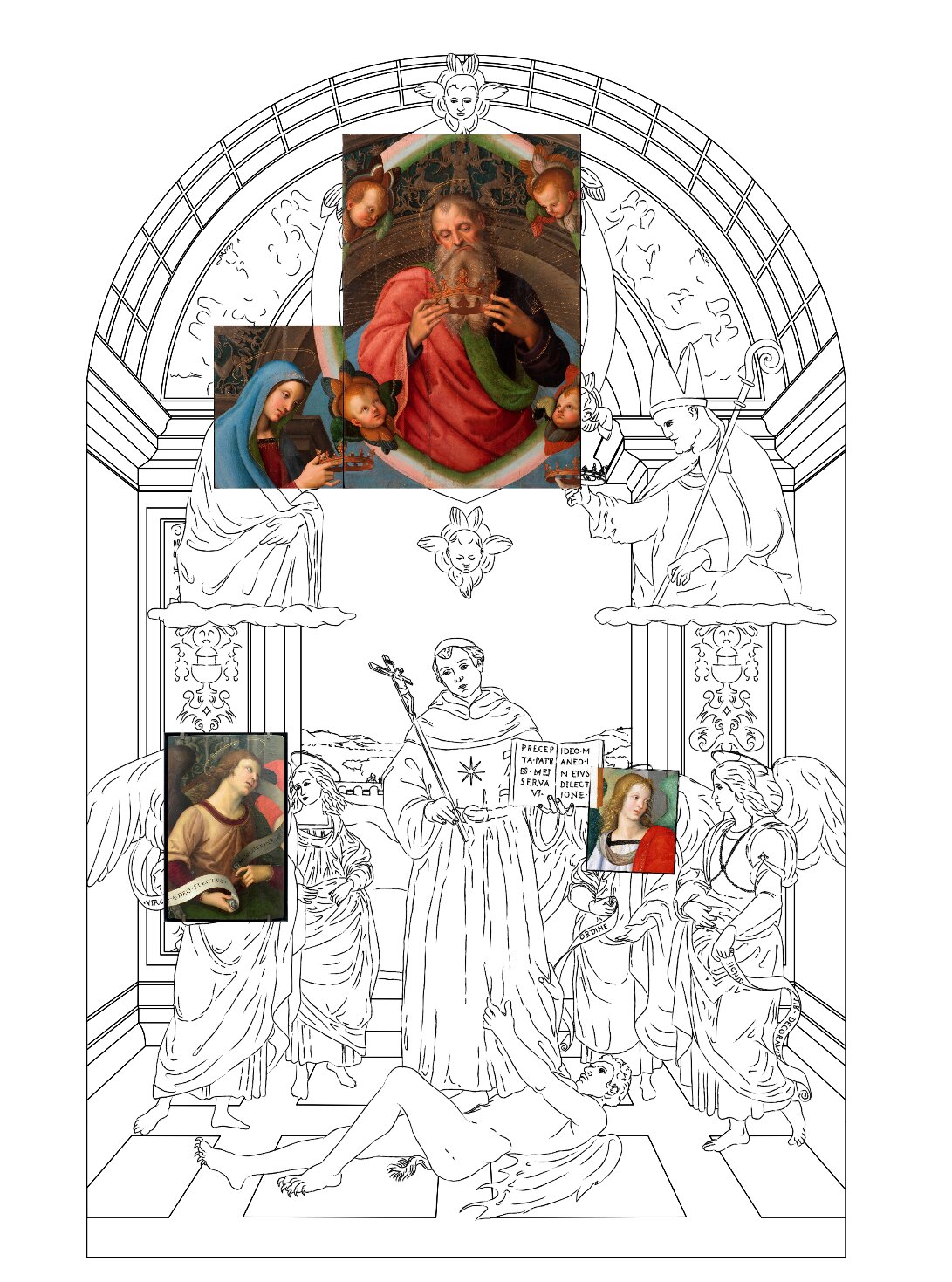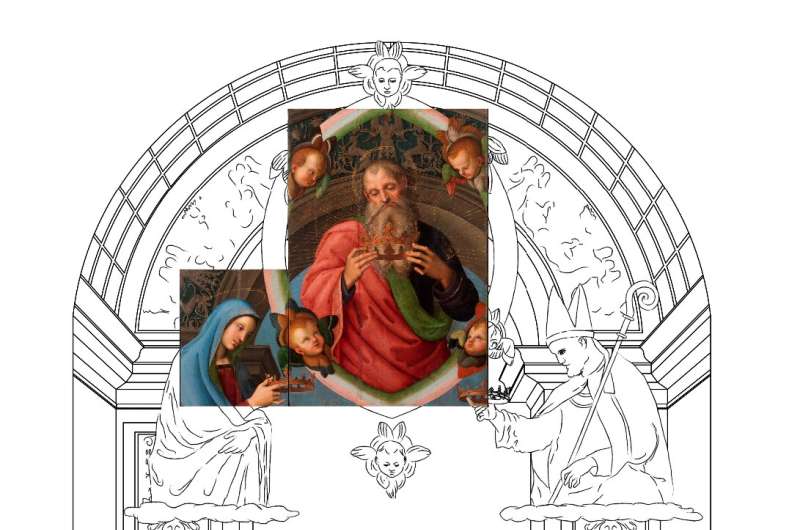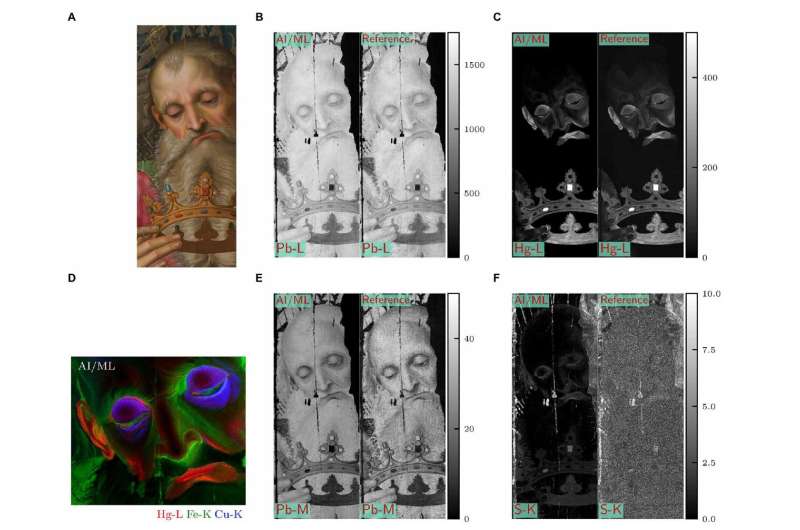

A team of chemists and AI researchers at CNR, Istituto di Scienze del Patrimonio Culturale, has developed an AI model capable of determining the chemical composition of the paints used to make classical paintings.
In their paper published in Science Advances, the group describes how they developed their AI model and trained it using datasets that hold information on 500,000 synthetic spectra, which represented 57 pigments and associated compounds.
Maintaining and/or restoring old paintings, especially those of high value, is both art and science. Specialists have training in many areas, ranging from chemistry, to botany and history. Because of the high value of such pieces of art, new techniques are sought to better understand the nature of a given painting before a restoration effort is undertaken.
One major area of interest is the chemical composition of the paints used by the artist. If the wrong chemicals are applied, reactions can occur resulting in breakdown of the paint, possibly ruining an ancient masterpiece. In this new effort, the research team has brought artificial intelligence to task.

To gain an understanding of the chemicals that make up a given paint, experts use X-ray fluorescence—X-ray imaging is done in a way that is non-invasive and results in detailed elemental compositions associated with the paint used on a given painting. Unfortunately, the fact that artists mix pigments to get a desired color makes identifying individual paints more difficult.
Attempting to determine the chemicals in such mixtures often involves educated guessing, which leads to errors. To reduce such errors, the researchers developed an AI model capable of receiving macro X-ray fluorescence (MA-XRF) datasets, analyzing them, and then printing out the chemicals found in all the oils used to create a given painting. The model was trained using a dataset holding information on 500,000 synthetic spectra.
Once the model was completed and initial testing done, the research team gave it a more realistic test by asking it to identify the chemicals in the oils used to create two paintings made by the artist Raphael from 1501–1502.
Both have been extensively studied and tested using other methods, which means their chemical components have been previously identified. The research team found that the model was able to correctly identify the chemicals, including lead in white paint, mercury in red paint and copper in green paint.
More information:
Zdenek Preisler et al, Deep learning for enhanced spectral analysis of MA-XRF datasets of paintings, Science Advances (2024). DOI: 10.1126/sciadv.adp6234
© 2024 Science X Network
Citation:
Using AI to figure out the chemical composition of paints used in classical paintings (2024, October 5)
retrieved 5 October 2024
from https://phys.org/news/2024-10-ai-figure-chemical-composition-classical.html
This document is subject to copyright. Apart from any fair dealing for the purpose of private study or research, no
part may be reproduced without the written permission. The content is provided for information purposes only.